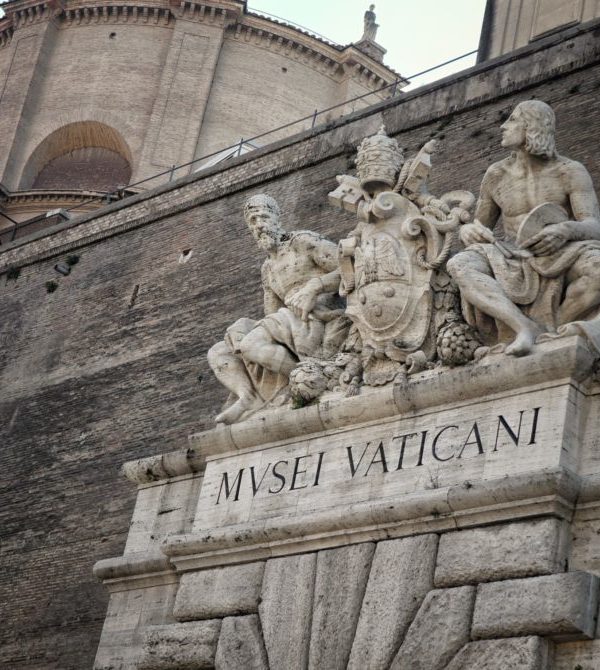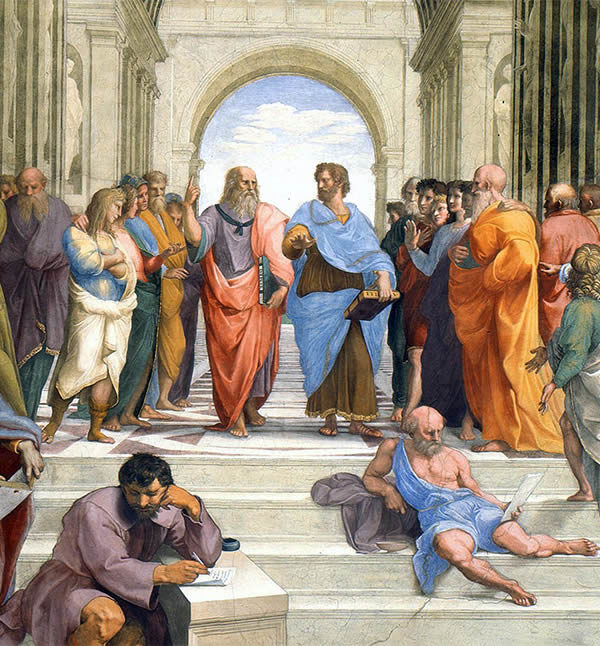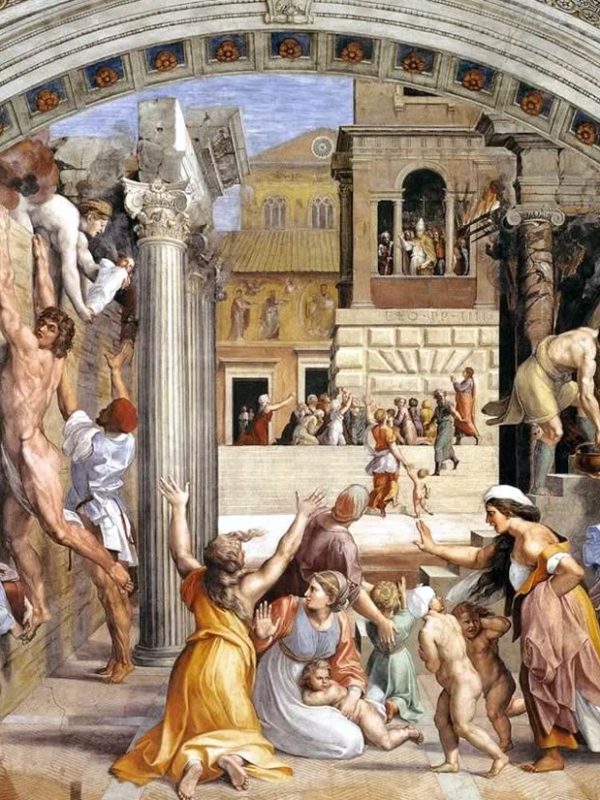The disappearance of the Constantinian Basilica was progressive. From the first decision of Niccolò V Parentucelli to enlarge and restore the ancient Basilica, entrusting it to Rossellino in the second half of the fifteenth century, to the completion of the new building, with the unveiling of the facade (1612), just over 150 years passed. Certainly a very long period of time if you consider the past years but absolutely understandable if you think about the immense amount of work and the constant changes that have occurred in the design field. Studying the genesis of St. Peter’s Basilica is equivalent to knowing the history of the evolution of thought and art in the different historical periods.
In the more than one hundred and fifty years necessary to complete the works of the Basilica, the most famous artists of the time alternated with the direction of the “Fabbrica di San Pietro“: from Raffaello Sanzio, who around 1514 chose to transform the Greek cross plant of the Bramantesque building in a Latin cross, to Antonio da Sangallo the Younger and to Michelangelo, who, under the pontificate of Paul III, in addition to deciding to recover the original Greek cross project, designed the dome which he personally followed until its death in 1564.
In the thirty years that followed, the “Fabbrica di San Pietro” was entrusted first to the direction of Vignola and then to that of the architects Giacomo Della Porta and Domenico Fontana, to whom we must ascribe the merit of having completed the project around 1588 Michelangelo’s dome.The Basilica of San Pietro reached its present appearance thanks to the intervention of Carlo Maderno, who returned to the Latin cross basilica layout and defined the scenographic aspect of the facade.
The works on the St Peter’s Basilica ended with the solemn consecration under the pontificate of Urban VIII in 1626, but only between 1656 and 1667, at the behest of Alexander VII, Bernini designed and built the large colonnaded portico of St. Peter’s square with in the center l obelisk of the 1st century BC Originally placed in the center of the thorn of the circus of Caligola where St. Peter was martyred, it was transported to its current position in 1585 by Domenico Fontana by order of Pope Sixtus V.
The Basilica of San Pietro, able to accommodate 20,000 faithful, is about 190 meters long, the width of the three naves is 58 meters, the central nave is 45.50 meters high up to the top of the vault, the dome reaches 136 meters about tall up to the cross; the interiors, characterized by the vast mosaic decorations, are the precious treasure chest for some of the most famous works of art in the world, such as Bernini’s Baldacchino and Michelangelo’s Pietà statue.
The opening is scheduled every day from 7:00 to 18:00 (until 19:00 in winter), except on Wednesdays (if there is a papal audience the Basilica remains closed until 12:00). Admission is free.
It is also possible to visit the dome (from October to March every day from 8:00 to 16:45, until 17:45 from April to September); entrance fee.



